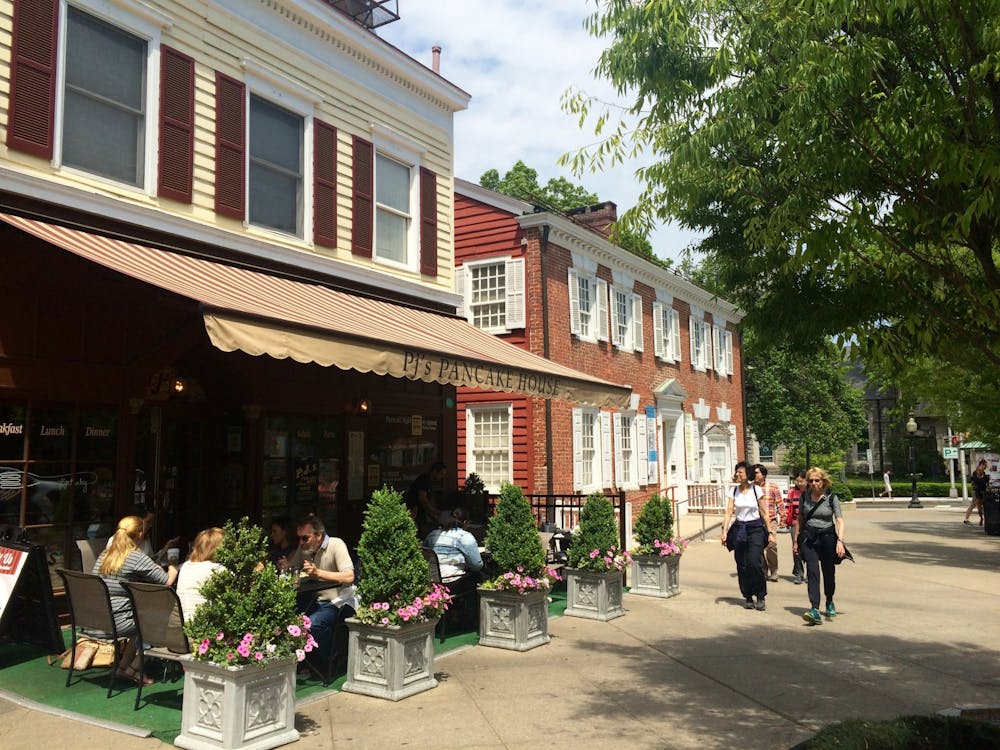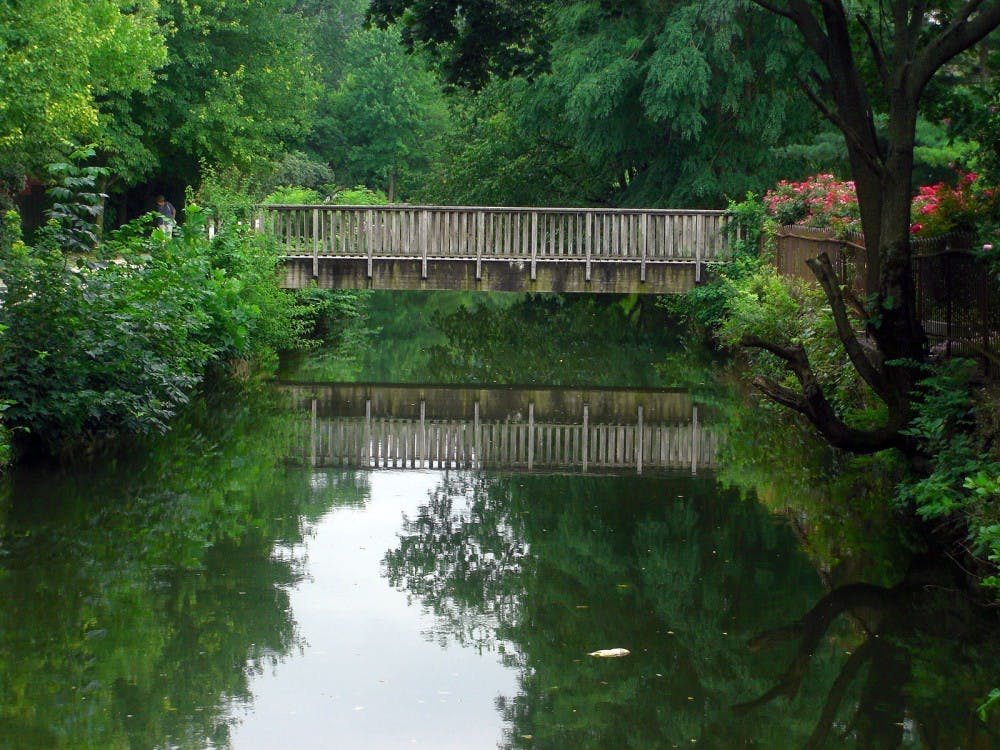Students will have the opportunity to engage in a 10,000-square-foot mobile music extravaganza called the Electric Bus on Oct. 22-26.
The touring vehicle is the progeny of the partnership between the Experience Music Project and The Grammy Foundation. It will unfold in Lot 7, which is adjacent to Baker Rink.
The EMP was co-founded by Jody Patton and Paul G. Allen, who was Bill Gates' co-mastermind in the foundation of the Microsoft Corp.
"[The Electric Bus] is unlike any mobile interactive museum ever created," EMP said in a press release.
The EMP website further explains its conception: "With its educational focus, unique vision and one-of-a-kind implementation, Electric Bus offers companies a truly dynamic chance to "climb aboard" and support education through the power of music."
The USG is sponsoring the event and is very optimistic about its arrival.
"It's a win-win situation. It hasn't taken too much organizational effort and it promises to be a nice event, educational and entertaining," USG President Joe Kochan '02 said.
However, Princeton is only one stop for the traveling brigade. Electric Bus made its first public appearance at the Grammy Awards on Feb. 21. Although youthful, the EMP expects to reach other college campuses such as Virginia Polytechnic Institute and the University of North Carolina at Chapel Hill and music and arts festivals across the United States.

Ultimately, it hopes to connect with more than 250,000 people during the course of next year.
Consisting of multimedia kiosks, interactive displays and choice selections from EMP's 80,000 musical artifact collection, the Electric Bus promotes music awareness and appreciation in an educationally stimulating environment.
The exhibit is divided into various tents, each of which allows the student to investigate different genres of the modern sonic experience.
Although the museum's emphasis is on American popular music, it also concentrates on musical trajectories that have influenced rock 'n roll.

Genres include jazz, soul, gospel, country, the blues, rap, hip-hop and punk.
The parking lot tents are subdivided into three main conceptual categories: Origins and Impact, Artists and Artifacts and Song Lab.
The Origins tent details the evolution of popular music, particularly through biographical accounts of prominent songwriters and musicians in recent music history.
The Impact tent investigates our conception of rock 'n roll within the context of modern American culture. It also explores the personal effects of music on the everyday lives of fans and musicians.
The Artists and Artifacts area displays artifacts of popular musicians, producers and productions such as sheet music, instruments, and handwritten lyrics by Kurt Cobain and Jimi Hendrix.
The Song Lab provides the viewer with supreme auditory and visual stimulation in a hands-on exploration of songwriting and producing using state-of-the-art technology.
The Demo Stage, which is linked to the Song Lab, is "an area designed for small classes, demonstrations, lectures and intimate performances," according to EMP's website.
In addition, former Spin magazine editor and rock journalist, Eric Weisbard and his wife, Ann Powers, who is a New York Times music-critic, will be making cameos at Electric Bus. They will hold a question and answer session that is limited to 60 students on Oct. 24.
Electric Bus is an unprecedented approach to celebrating music diversity and education, and USG Social Chair West Owens '03 is confident that it will be well received by students.
"It is a great idea and a good opportunity in terms of a learning experience. Word will get around quickly," he said.
Owens also discussed how Electric Bus exposes USG's conscious effort to refresh its social agenda, whose main focus traditionally lies upon the two concerts in the fall and spring.
Instead, this "new concert is a reflection upon our push to change the system about how we do social events," Owens said.







